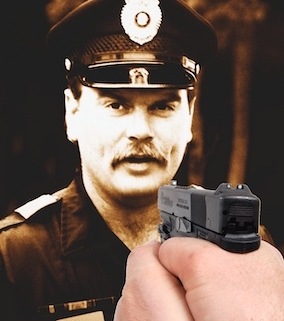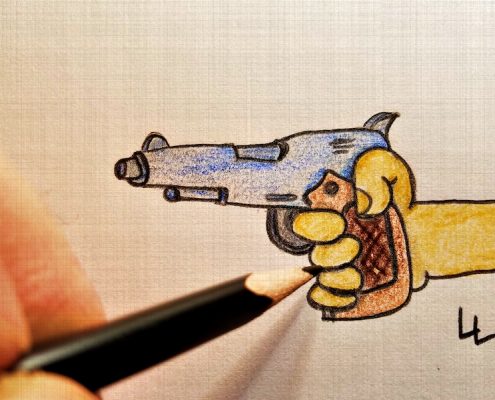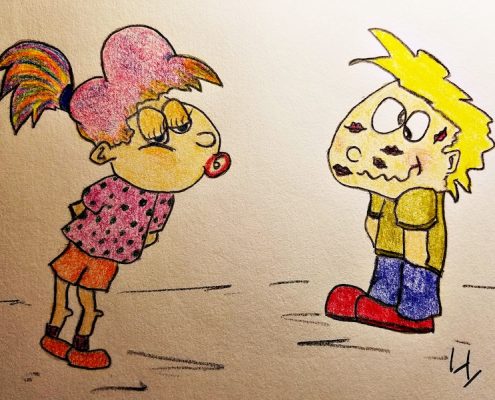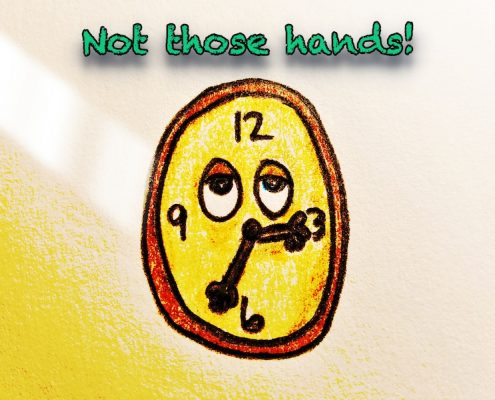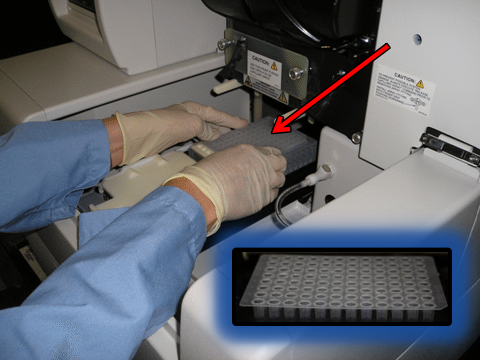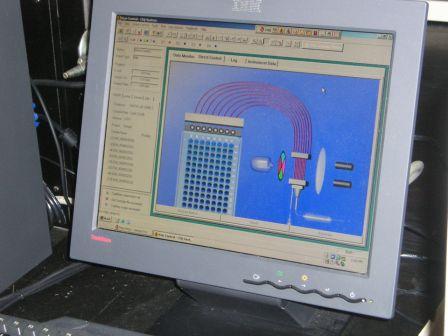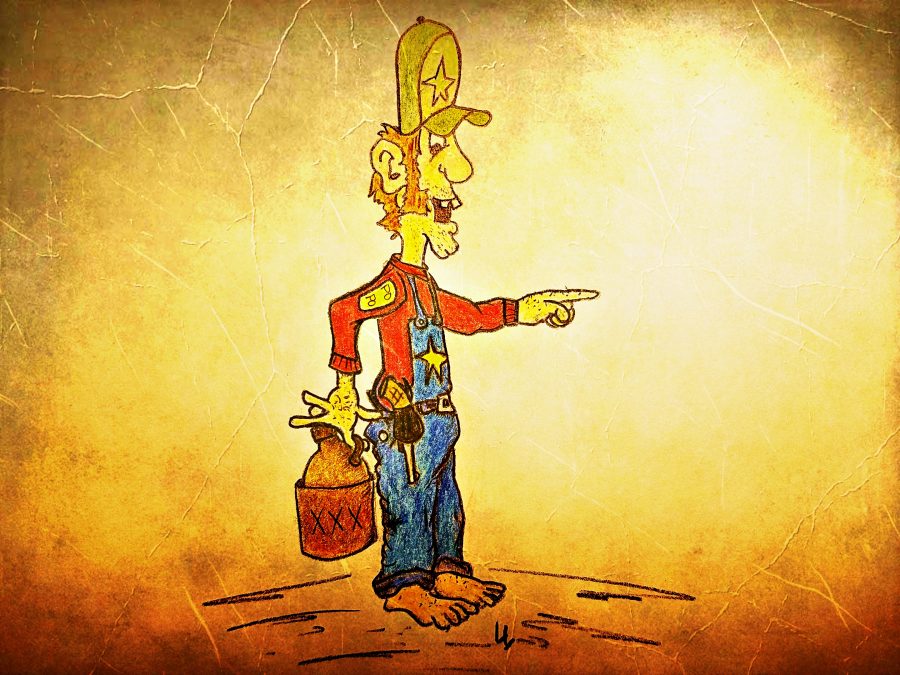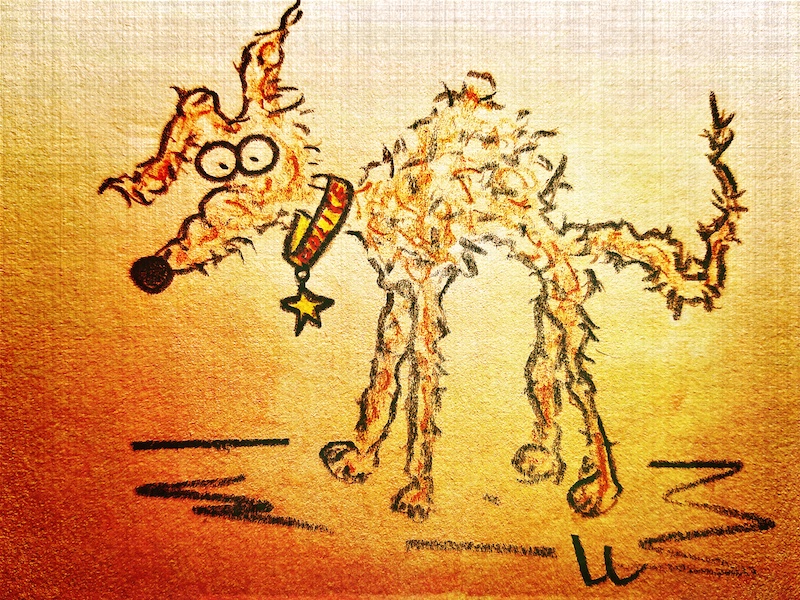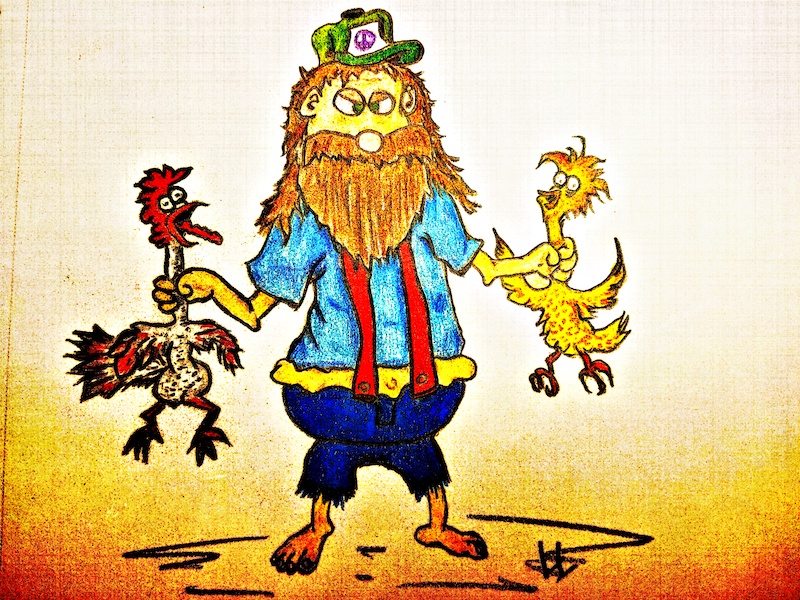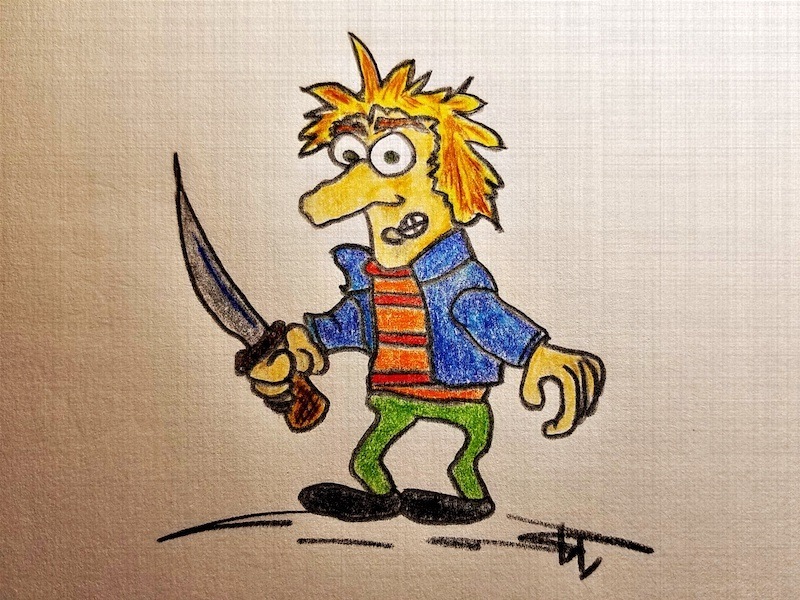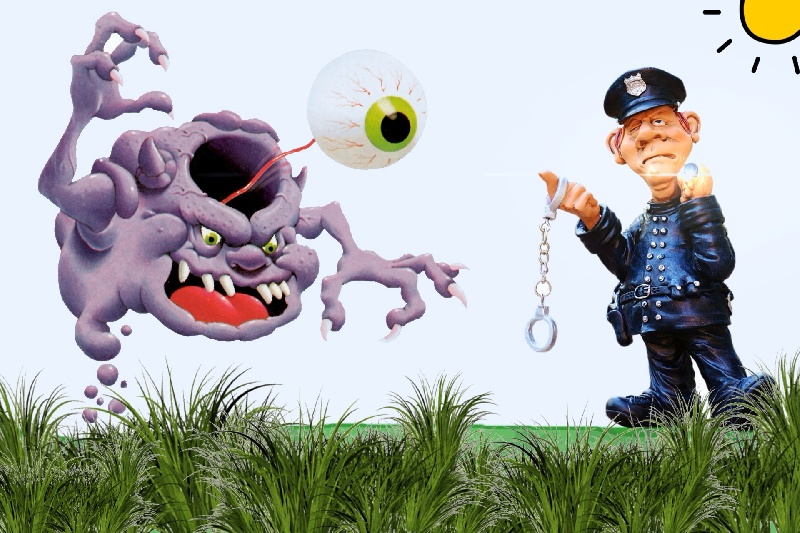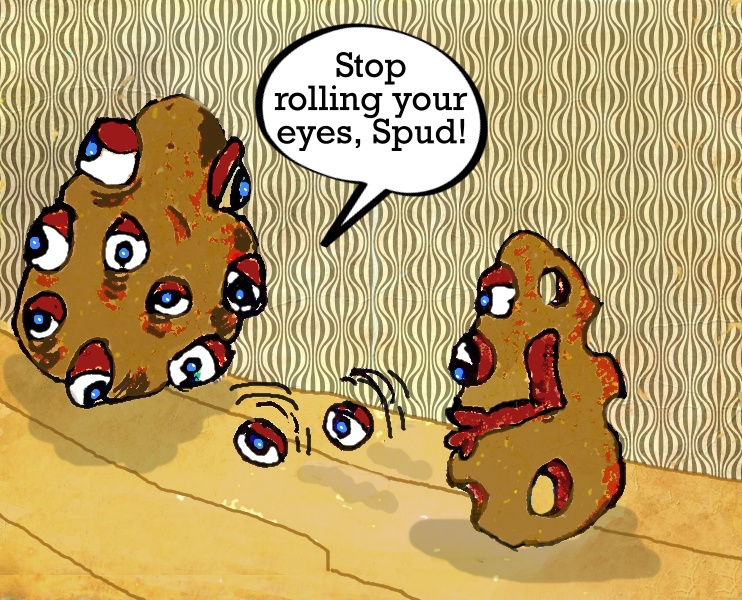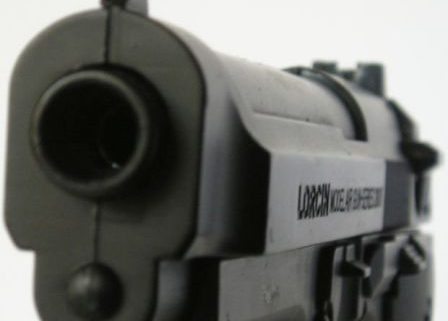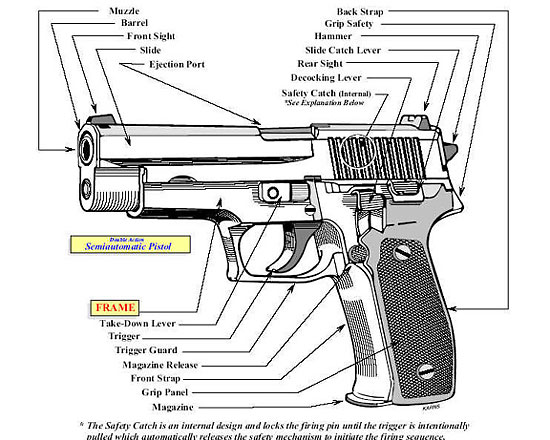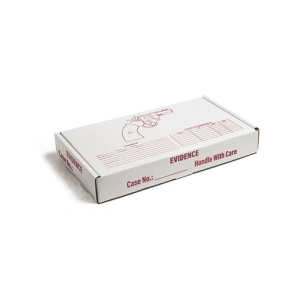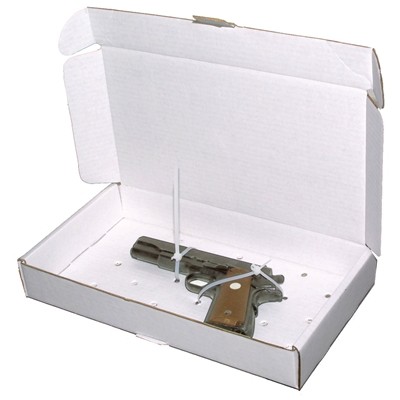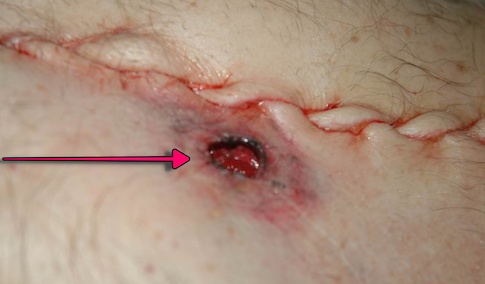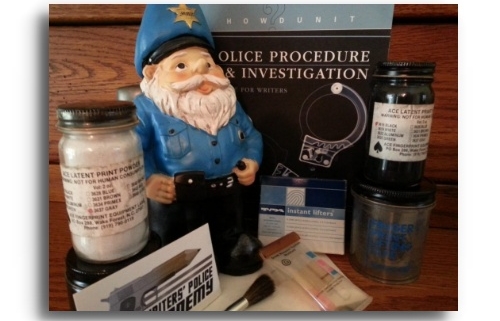I’ve seen a few oddities over the years, especially during Halloween, the night when both kids and adults dress up as their favorite characters before heading out to enjoy tricks and treats, and parties.
It’s also a night that a few ghoulish folks believe is the perfect time to commit the usual plethora of crimes ranging from petty theft to murder. But there’s one Halloween crime from my old case files that stands out a bit from the rest and, as always, I have to tell the story. I do so, as irritating and long-winded as it may be, to help you with details for your own writing. As they say, you can’t make this stuff up and believe me, I read a lot and I write a lot, and most of what I see in fiction doesn’t compare to, well, this …
It was late one Halloween night, back in the 1980s, well after costumed trick-or-treaters were long back at home gorging themselves on sugary treats—M&Ms, Whoppers, mini candy bars, Lemonheads, Candy Corn, and Skittles—when I knocked on Miss Evelyn’s front door, a wide plank of weathered wood with rusty strap hinges.
Through the square glass near the top of the door I saw a small slice of yellow light that started in a backroom to my left and stretched across the narrow hallway floor where it disappeared into another room on the righthand side of the passageway.
At the sound of my door-rapping, a shadow moved across the light, first one way and then back.
While waiting for the source of the shadow to respond to my presence, I had a look around the porch. Nothing unusual … a one-gallon vegetable can (absent its label) filled with sand and topped with a handful of cigarette butts, a rickety old rocking chair, five plastic flower pots with each containing the remnants of some sort of unidentifiable plant—all dead, dried up, and crispy—, a well-worn green cloth sofa, and a portable radio that was missing the volume knob.
A foil-wrapped coat hanger poked up from a hole in the top of the radio’s plastic casing. It replaced the former antenna that, at some point, had broken off and was either lost or discarded as trash. Either way, the radio, in it’s present condition, had been there for as long as I could remember.
And, as always, smack-dab in the center of the front door were three fairly fresh chicken feet tied together at their bloody stumps with a piece of bright red twine. The collection of gnarly toes and bony knuckles dangled from a bent nail. Chicken feet, according to Miss Evelyn, bring good luck and, as a bonus, they also prevented evil spirts from crossing the threshold. Nope, nothing odd at all … for Miss Evelyn. The porch “decor” hadn’t changed in all the years I’d gone there. Not a thing.
I knocked again. She yelled from the back of the house. “Just a minute!”
I’d first met Miss Evelyn after arresting a man for burglary and, while searching his pockets for weapons and other illegal items, I discovered a small flannel pouch tucked inside his wallet. I figured the contents could possibly be drugs, probably marijuana or hash, or something of that nature, so I asked the kid to level with me so I’d know what to expect.
I was surprised to hear him say that what I held in my hand was not was I’d suspected. Instead, he said, it was his “medicine bag,” a ground up mixture of chicken bones, tobacco, human hair, and herbs. Its purpose was to keep him safe. This was my first contact with a medicine bag. However, it was far from the last.

Root doctors make medicine bags containing plant and animal matter, such as human or animal bone, sage, garlic, and even dirt from a grave. The purpose of the bag is, for example, to provide safety, heal and prevent illness, and to help ignite or halt romances, etc. Another practically endless list.
This young burglar purchased his bag from Miss Evelyn, a local root doctor. Since this was a totally new experience for me, I decided to pay this so-called root doctor a visit. And, long story shortened a bit, Miss Evelyn “knew all and saw all” and she soon became one of my most reliable informants.
Her customer base was massive and many were criminals, so I basically kept her on speed dial. I also dropped off the occasional gift—a turkey or ham at Christmas, or a turkey in liquid form (Wild Turkey bourbon), her preference, as a sign of my appreciation. The liquid turkey, according to Miss Evelyn, was strictly for medicinal purposes—prevention of colds and flu, etc. Not for pleasure drinking.
This particular Halloween night a young man, Miss Evelyn’s nephew, answered the door and led me to the kitchen where his aunt stood at the head of six-chair red formica-topped table, hard at work assembling her latest batch of medicine bags and other concoctions. Behind her, a large black kettle was at full boil on the wood stove. A foul-smelling steam wafted my way. I didn’t ask.
If I had to guess I’d say Miss Evelyn weighed at just under a hundred pounds. She was so thin that the blood vessels on her arms and hands were visible and looked like someone had draped a squirming knot of skinny earthworms there, much like hanging tinsel on a Christmas tree.
As always when “working”, her face was peppered with tiny beads of sweat. Her fingernails were bitten to the quick. She wore a simple and faded housedress that was three sizes too big, a Winnie the Pooh apron, and pink Flip-Flops with the rubber thong jamming a wad of age-yellowed sock material between the first and second toes of each foot.
When she smiled it became instantly obvious that dentists were not a part of her clientele, nor had she ever, not once, crossed the threshold of any tooth doctor’s office. Her breath smelled like a rotting animal carcass, an even worse scent than the pungent odor emanating from the pot on the stove.
Miss Evelyn was quirky, to say the least, and she was one of the nicest people I’d ever met.
I’d gone there that particular night to see if Evelyn could offer any insight about two bodies that had been dug up in a local cemetery. The vaults had been damaged and the caskets broken open. The grave-robbers took the same thing from each coffin—bones from the lower right arms and hands.
She said she’d heard about a couple who used human bones as part of their religious rituals. Before exhuming remains, though, they had sex atop the grave sites.
Coincidentally, the man and woman visited Miss Evelyn earlier in the night to ask if she knew where they could get heir hands on a fresh corpse because, in order to complete their ritual, they needed blood and they knew that to get it they’d need to reach a body prior to embalming. Well, Evelyn was having no parts of their nonsense and sent them on their way. And that was the purpose of my visit. Miss Evelyn called me the second the grave robbers left her house.
I finally caught up with the couple when I discovered their car parked near a funeral home. They’d planned to break in to steal someone’s dearly departed loved one. Fortunately, we stopped them before they committed the act.
So you see, folks, bizarre and morbid and spooky crime does not always come in the form of murder. Nor are the macabre criminals always the odd characters who reside at the spooky house at the end of the street.

This particular couple, the grave robbers, were as normal as your neighbors. Both were professionals with public jobs. They lived in a typical neighborhood and drove a normal car. However, the contents of their trunk was a bit different than most—shovels, picks, tools for prying open caskets, and a few human and animal bones scattered about. Other than that … as typical as you and I.
Well, perhaps we’re are not the best examples of normal, but you get the idea …

The Graveyard Shift wishes everyone a Happy Halloween! Have fun, but please stay safe. If trick or treating is in your plans this year, please utilize all health and safety precautions, including proper PPE and safe social distancing … and a healthy dose of common sense.
Halloween Safety Tips For Kids
– Avoid costumes that greatly reduce visibility or are too dark for motorists to see. Apply face paint instead. It’s safer than bulky masks.
– Plan the route you and your children will take well in advance. Tell someone else about those plans and what time you’ll return home.
– Stick to well-lit areas.
– Attach reflective tape to costumes.
– Use fire-resistant materials in costumes.
– Carry a flashlight or glow stick, but not a lighted candle. Candles are burn hazards.
– Trick-or-treat in groups, accompanied by at least one adult.
– Attach kid’s names, address, and phone number to their clothes in case they become separated from adults.
– Teach children to exit and enter vehicles from curbside, away from traffic.
– Stay on sidewalks as much as possible, and cross at corners. Do not walk between parked cars. Always look both ways before crossing.
– Children should not eat candy while out, until an adult examines it. Candy should not show signs of improper sealing, punctures, or holes.
– Do not allow children into apartment buildings unless accompanied by an adult, and only visit homes with outside lighting.
– Residents should remove obstacles and trip hazards, such as tools, ladders, and toys from their sidewalks, porches and front yards.
– Keep lighted jack-o-lanterns away from porches or other areas where they could ignite a low-hanging costume.
– Do NOT allow your kids to carry any toy gun as part of their costume, especially those toys that look like the real thing, even if the tips of the barrels are painted orange. The orange color doesn’t show well at night, if at all.
Halloween Safety Tips For Officers
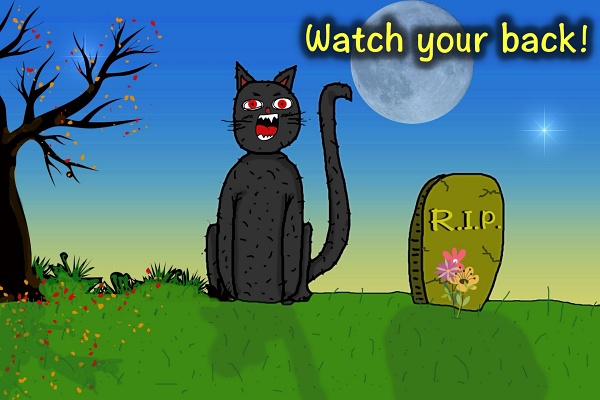
Working as a police officer on Halloween poses special challenges. Think about it. In a world where someone wearing a mask is normally thought to be up to no good, you’re suddenly faced with scores of masked citizens. Kids are out and about darting in and out of traffic. They’re excited and and may not listen as well as they normally would, or should. And practical jokes often go horribly wrong. Needless to say, it can be a wild and trying night for cops.
Here’s a short list of tips for officers working the streets on one of their busiest nights of the year.
1. Stay alert. If it looks wrong, then it probably is.

2. Carry copies of outstanding warrants with you—the people you’ve been unable to locate. This is the one night when the dummies will probably answer the door thinking you’re a trick-or-treater.
3. Carry candy in your patrol car. It’s the perfect time to show kids that you’re really one of the good guys.
4. Keep an eye on lone costumed adults. They may be up to no good.
5. Watch out for people tossing things from overpasses. For some reason, Halloween seems to be THE night to bomb police cars with bricks, rocks, and pumpkins.
6. Be alert for kids and adults who wear actual guns as part of their costumes.
7. Park your patrol car and walk for a while. Mingle with the trick-or-treaters. Keep them safe. It also keeps the bad guys guessing your next move. Besides, it’s a good idea to mix things up. Patrol your areas in a different order. Never get into a set routine (this goes for the rest of the year, too).
8. Drive slower than normal. Watch for kids!
9. Keep an eye on the registered sex offenders in your area. They aren’t allowed to pass out candy. They shouldn’t be opening the door for any kids. And they shouldn’t have Halloween decorations displayed in their yard or on the house. Pay them a pre-Halloween visit to remind them of their court-ordered restrictions.

10. I preferred to patrol with my car window down, even in the winter time. Halloween is the only night of the year when I didn’t. Too many flying objects!
11. If possible, have extra officers working the streets on foot, in plain clothes.
12. Bring plenty of extra handcuffs. You’ll probably need them before the night is over.
13. Please, please, please wear your vest!
And to everyone else …
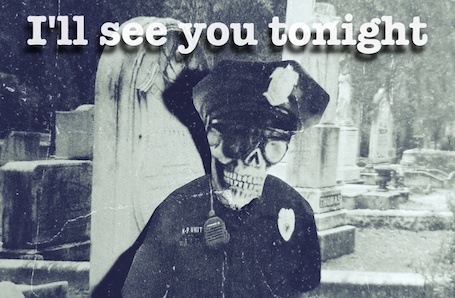



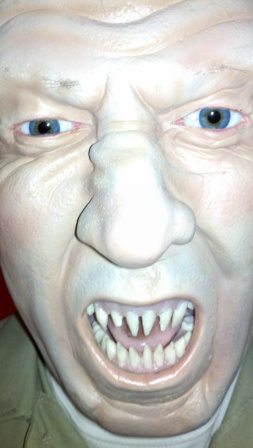
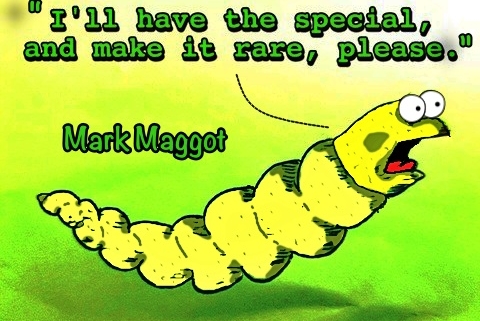
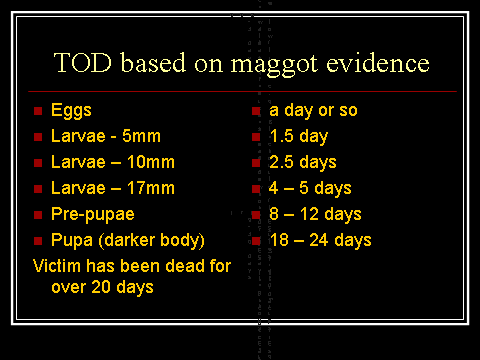
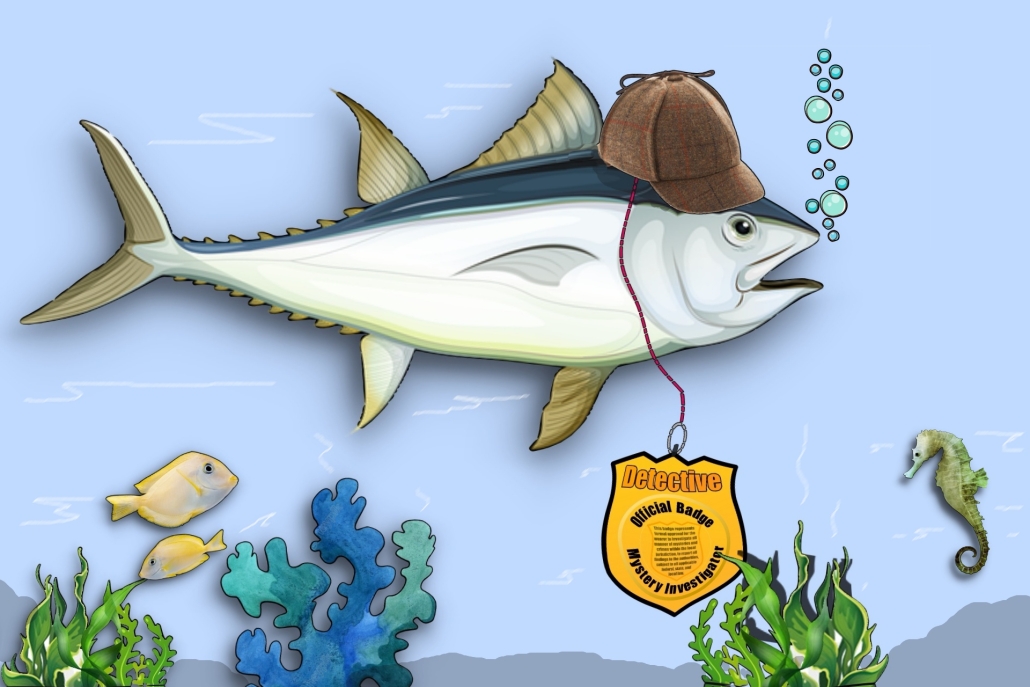 Therefore, some scientists recommend that crime scene investigators stock cans of tuna as part of their evidence collection kits.
Therefore, some scientists recommend that crime scene investigators stock cans of tuna as part of their evidence collection kits.